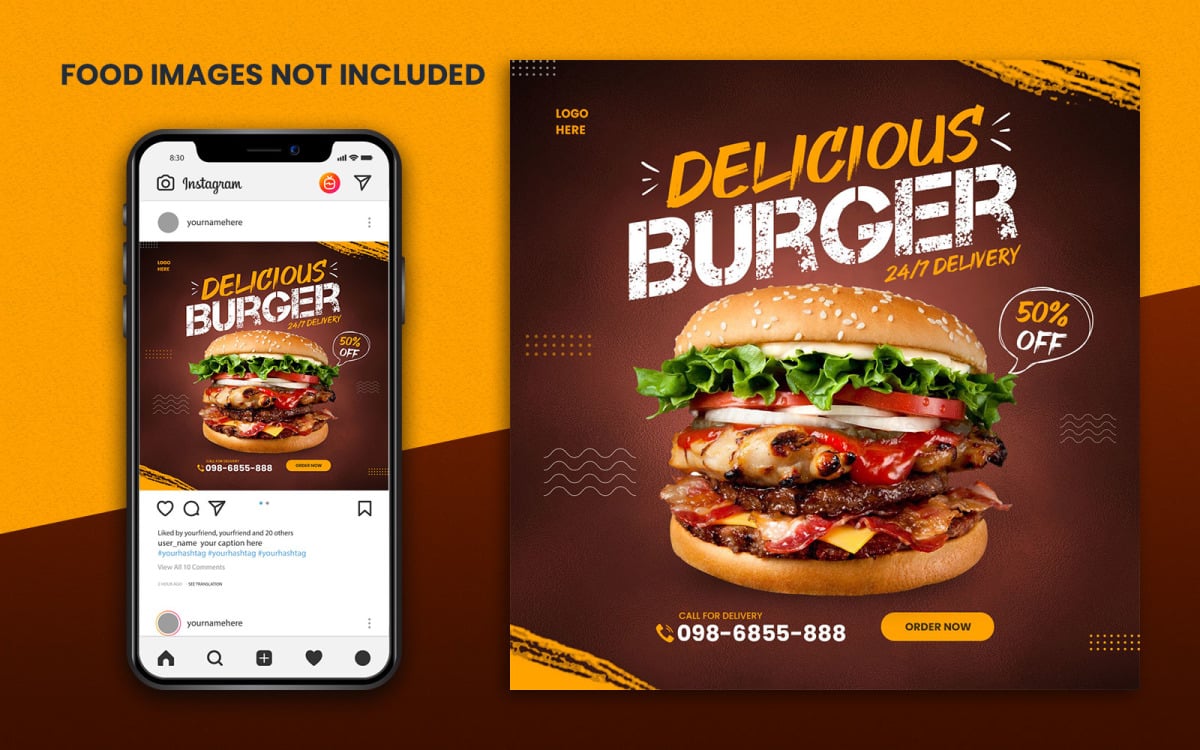Introduction (20 mins)
Apperception
Learning Objective
Main Activity (95 mins)
Explanation (20 mins)
When you want to share your point of view, you can use these phrases. They signal to others that this is your belief, not necessarily a universal fact.
"I think..."
"I believe..."
"In my opinion, ..."
"As I see it, ..."
"It seems to me that..."
"I think this new coffee shop is the best one in town." "In my opinion, the final episode of the series was a bit disappointing."
"I'm convinced that..."
"I strongly believe that..."
"From my perspective, ..."
"From my perspective, working from home increases productivity."
Agreeing is usually simple and positive. Here are some ways to show you share the same view.
"I agree."
"You're right."
"That's true."
"I think so, too."
"I couldn't agree more."
"Absolutely!" / "Exactly!"
"That's exactly how I feel."
"You've hit the nail on the head." (Idiom meaning: You're precisely right.)
A: "I think learning a new language is very beneficial for the brain."
This is the trickiest part. Direct disagreement like "You're wrong" or "I disagree" can sound aggressive. The goal is to be gentle and respectful. A good strategy is to acknowledge their point first before introducing your own.
"I see your point, but..."
"I understand what you're saying, however..."
"That's a valid point, but I have a different perspective."
"I'm not so sure about that. In my opinion..."
"I respect your opinion, but I think..."
A: "I think action movies are the most exciting genre."
A: "We should cancel the company picnic because the weather forecast is bad."
"You're wrong."
"That's a bad idea."
"I completely disagree." (This can be used, but it's very strong and should be reserved for formal debates, not casual chats.)
Activity
Dialogue
Let's see how three friends, Leo, Mia, and Sam, discuss a topic: Are social media platforms good for society?
Leo: "In my opinion, social media is mostly harmful. It makes people compare their lives to others and feel unhappy."
Mia: "That's a valid point, Leo. I agree that the comparison culture can be toxic. However, I also think it's a powerful tool for connecting with people who live far away. I get to see my cousins in another country every day."
Sam: "I couldn't agree more with you, Mia. For me, the good outweighs the bad. As I see it, it's all about how you use it. You can choose to follow positive and educational accounts."
Leo: "I understand where you're both coming from, but it seems to me that the platforms are designed to be addictive, which is a big problem, especially for teenagers."
| Expressing Opinion | Agreeing | Disagreeing |
|---|---|---|
| "I'm convinced that..." | "Absolutely!" / "Exactly!" | "That's a valid point, but I have a different perspective." |
| "I strongly believe that..." | "That's exactly how I feel." | "I'm not so sure about that. In my opinion..." |
| "From my perspective, ..." | "You've hit the nail on the head." | "I respect your opinion, but I think..." |
Assignment (30 mins)
- "Online vs. Offline Games,"
- "Is social media good for teenagers?",
- "Should school hours be shorter?"
Presentation
Feedback
Closing (20 mins)






















